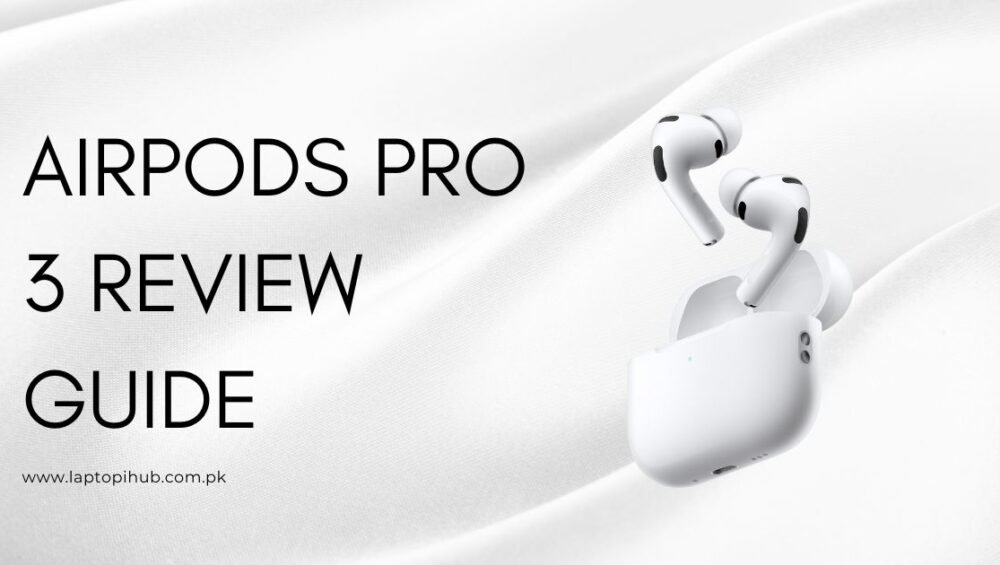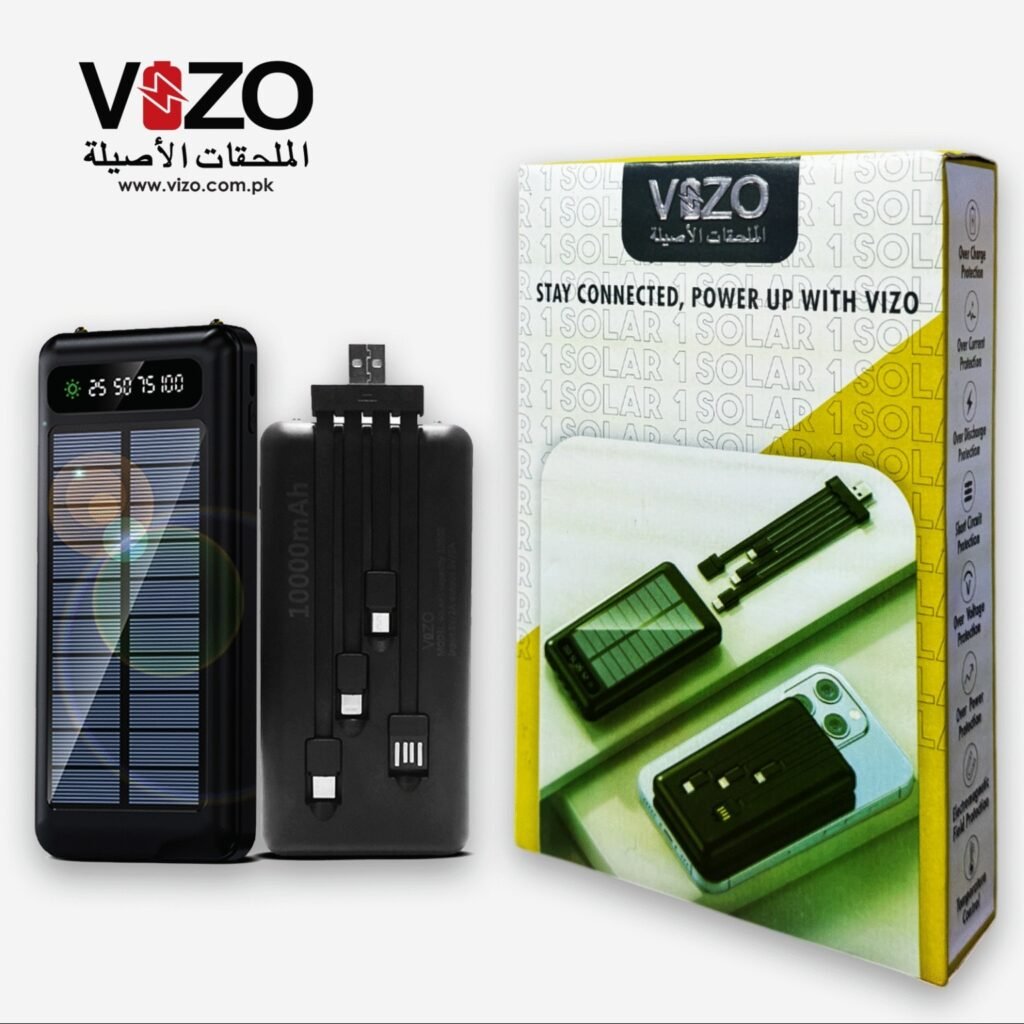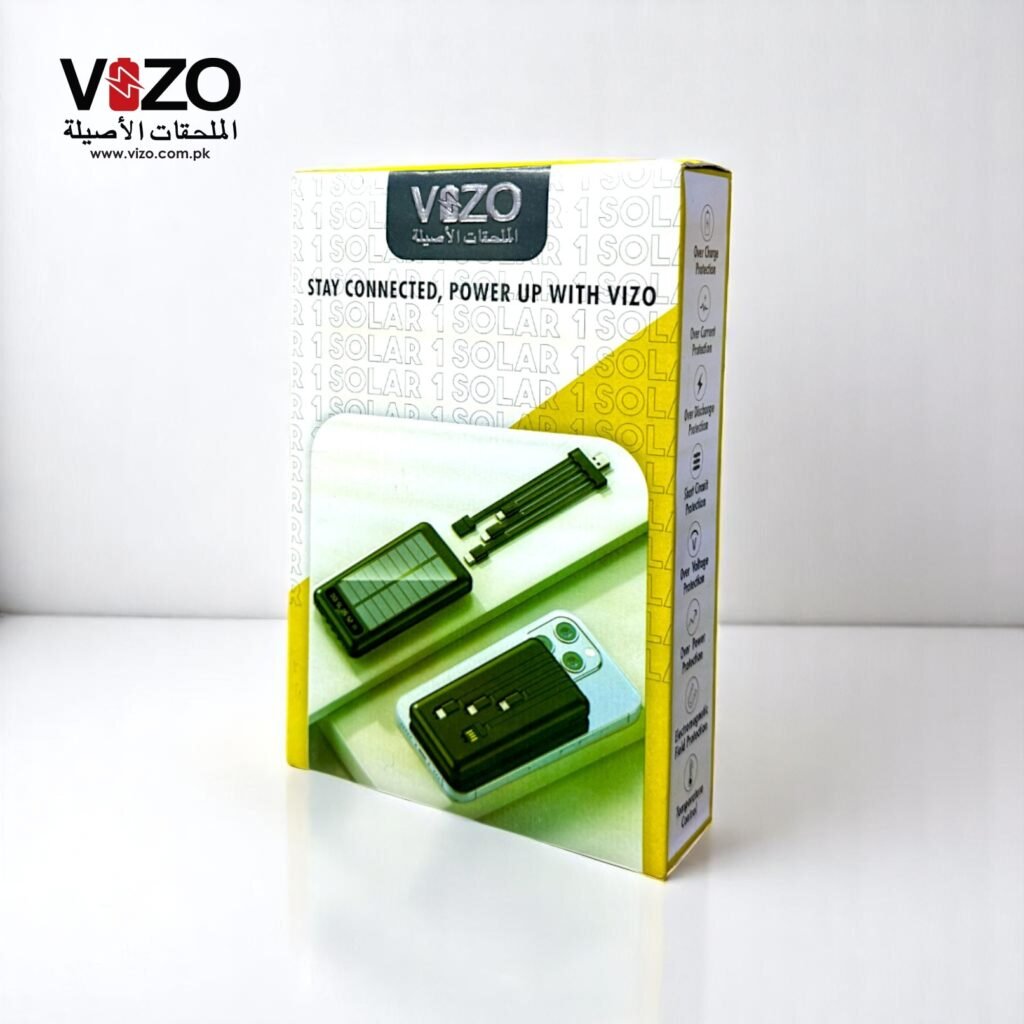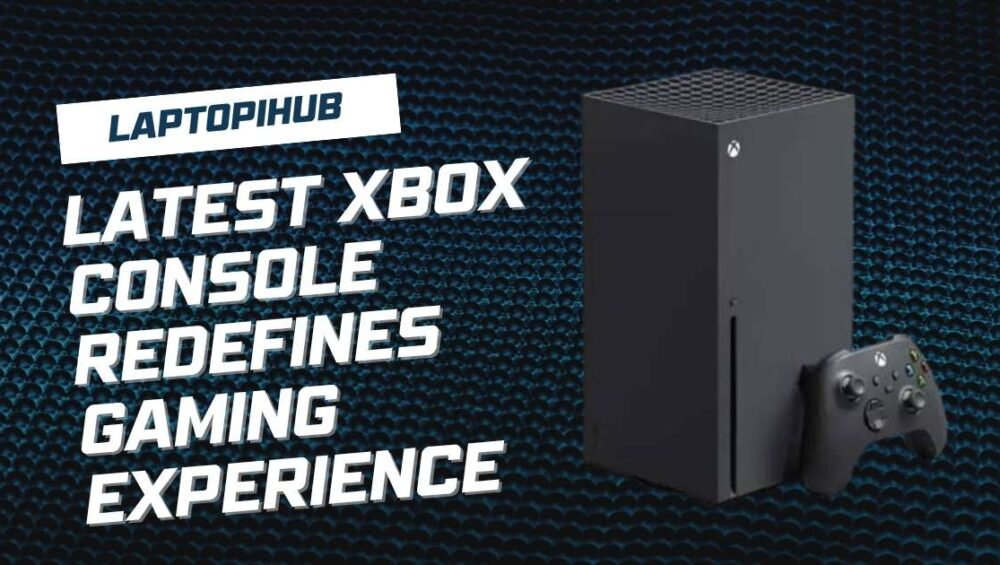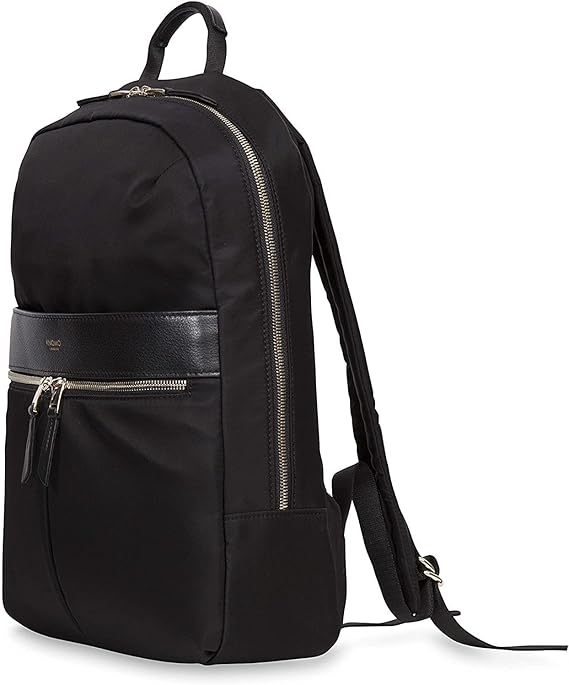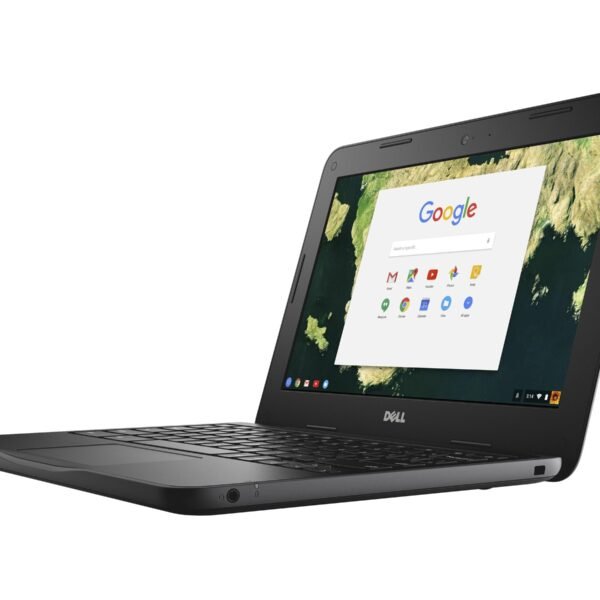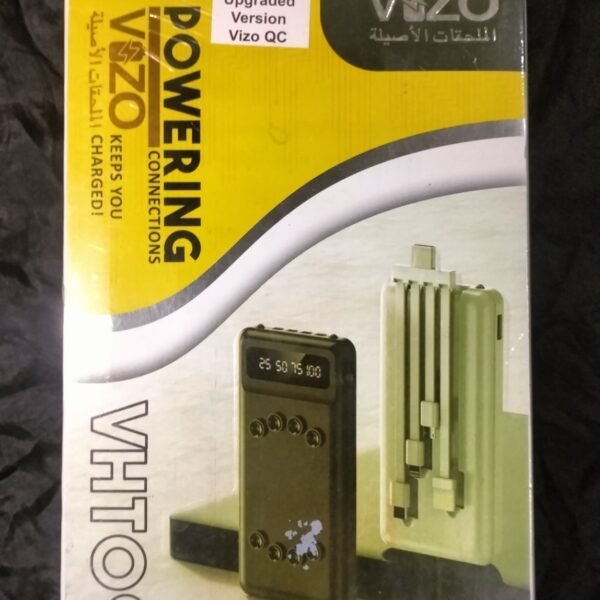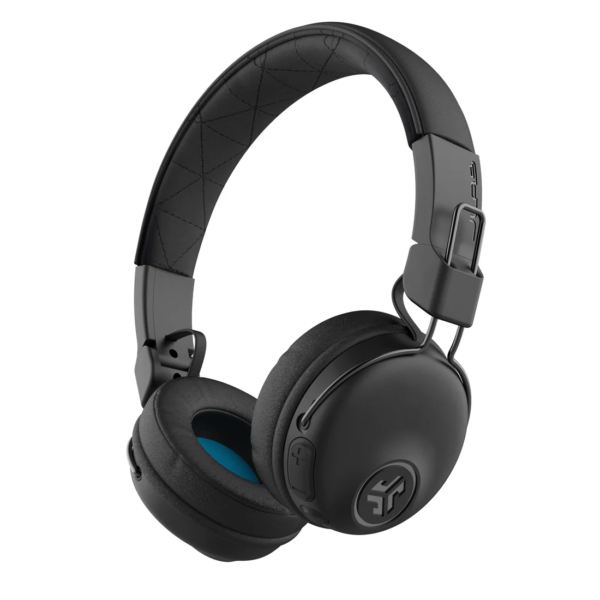In-depth AirPods Pro 3 guide: design, sound, health sensors, battery life, and whether these new earbuds are worth the upgrade.
Overview: What Apple Changed
The AirPods Pro 3 are more than just a simple refresh of Apple’s best-selling earbuds. With stronger noise cancellation, smarter health features, and an even sleeker design, Apple is aiming to make these earbuds not only a premium listening device but also a daily lifestyle companion. The third generation comes with a redesigned case, improved sound drivers, built-in health sensors, and longer battery life, making them one of the most advanced wireless earbuds on the market today.
Design and Fit
Apple has refined the shape of the AirPods Pro 3 for a more natural fit. The earbuds now have a slimmer yet slightly deeper design that helps them stay secure in the ear. Comfort is one of the biggest improvements, with new foam-infused tips in multiple sizes allowing a more custom seal. This makes a noticeable difference in both comfort and sound quality, especially during longer listening sessions. The case has also been updated with a cleaner look, USB-C charging, and a lanyard slot for convenience.
Sound and Performance
The AirPods Pro 3 introduce a new custom driver system with a wider soundstage and richer clarity. Music feels more spacious and vocals are sharper while the bass remains punchy but controlled. Apple’s Adaptive EQ adjusts the sound in real time depending on how the earbuds fit in your ears, ensuring a more consistent experience. Spatial Audio with dynamic head tracking continues to be a standout, making movies and games feel incredibly immersive.
Active Noise Cancellation and Transparency
Noise cancellation has been significantly upgraded. Everyday sounds like train rumbles, chatter in coffee shops, or airplane engines are reduced more effectively than before. Transparency mode has also improved, letting outside sounds flow in naturally without distortion, so conversations sound clearer when you keep the earbuds in. Apple’s Conversation Awareness automatically lowers the volume and enhances voices when you start speaking, which is a small but highly practical touch.
Health and Fitness Features
A key innovation with the AirPods Pro 3 is the addition of health tracking. Apple has equipped these earbuds with a heart-rate sensor that works while you are listening to music, making calls, or working out. It connects with the Health app and Fitness features, offering basic workout tracking without needing an Apple Watch. This makes the AirPods Pro 3 not just earbuds but also a fitness buddy for those who want simple health insights during daily use.
Battery Life and Charging
Battery life has been extended, with up to eight hours of listening on a single charge even with noise cancellation enabled. The charging case provides up to twenty-four hours in total, making it easy to get through long trips or workdays. The switch to USB-C is a welcome change, simplifying charging across Apple devices. The case is also MagSafe compatible for wireless charging, giving you flexible options for keeping it powered up.
Durability and Water Resistance
Apple designed the AirPods Pro 3 with active lifestyles in mind. With improved IP57 water and sweat resistance, you can take them to the gym or out in light rain without worry. This durability ensures the earbuds hold up well during both workouts and daily use.
Connectivity and Ecosystem
Powered by Apple’s H2 chip and Bluetooth 5.3, connectivity is fast, stable, and seamless across Apple devices. Switching between iPhone, iPad, Mac, or Apple Watch is nearly instant. Features like Personalized Spatial Audio, Ear Tip Fit Test, and automatic device switching all contribute to the smooth user experience. For those invested in the Apple ecosystem, these earbuds feel like a natural extension of the devices you already use daily.
Price and Availability
Apple has priced the AirPods Pro 3 at $249, keeping them in the premium range of earbuds. They are available through Apple stores, online platforms, and authorized retailers. While they are an investment, the added health features, improved sound, and stronger ANC make the price more justifiable compared to older models.
Who Should Buy AirPods Pro 3
If you are already an Apple user and want earbuds that go beyond sound, the AirPods Pro 3 are designed for you. They suit commuters who value strong noise cancellation, fitness enthusiasts who appreciate built-in heart-rate monitoring, and anyone who enjoys immersive Spatial Audio. However, if you are looking for budget-friendly earbuds or are not part of the Apple ecosystem, alternatives may serve you better.
Tips for Setup and Use
After unboxing, it is best to run the Ear Tip Fit Test to ensure you are using the correct size tips for comfort and sound quality. Personalize your Spatial Audio settings in iOS to enhance your listening experience. Regularly updating firmware will also ensure you get the latest features and improvements. Storing the earbuds in the case when not in use will keep them charged and protected.
Pros and Cons
The AirPods Pro 3 deliver impressive improvements in sound quality, ANC performance, and health tracking. They also come with a sleeker design and improved durability. On the downside, the premium price may not appeal to all, and some users may find the case battery life slightly shorter than expected compared to rivals. Still, the advantages heavily outweigh the drawbacks, particularly for those who are already part of Apple’s ecosystem.
Final Verdict
The AirPods Pro 3 push the boundaries of what earbuds can do. They are not just about music but about lifestyle, health, and seamless connectivity. Apple has successfully blended high-quality sound, smarter features, and everyday convenience into one package. For those seeking premium wireless earbuds that do more than just play tunes, the AirPods Pro 3 are an excellent choice and a glimpse into the future of personal audio.
FAQs
Q1: Are AirPods Pro 3 worth upgrading from AirPods Pro 2?
Yes, if you want stronger ANC, better sound, and health tracking, the upgrade is worth it.
Q2: How long does the AirPods Pro 3 battery last?
They last up to eight hours per charge, with twenty-four hours total using the case.
Q3: Can AirPods Pro 3 track heart rate?
Yes, they have a built-in heart-rate sensor for casual fitness and health monitoring.
Q4: Do they work with Android devices?
Yes, they function as standard Bluetooth earbuds, but advanced Apple features are exclusive to iOS.
Q5: Are they water-resistant?
Yes, they are IP57 rated, meaning they can withstand sweat and light rain.

